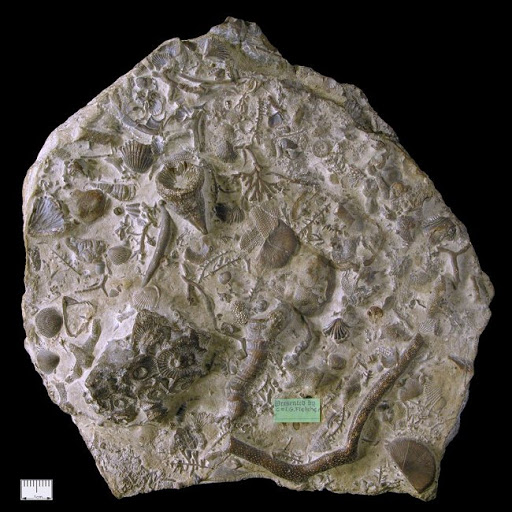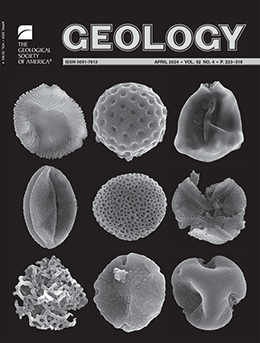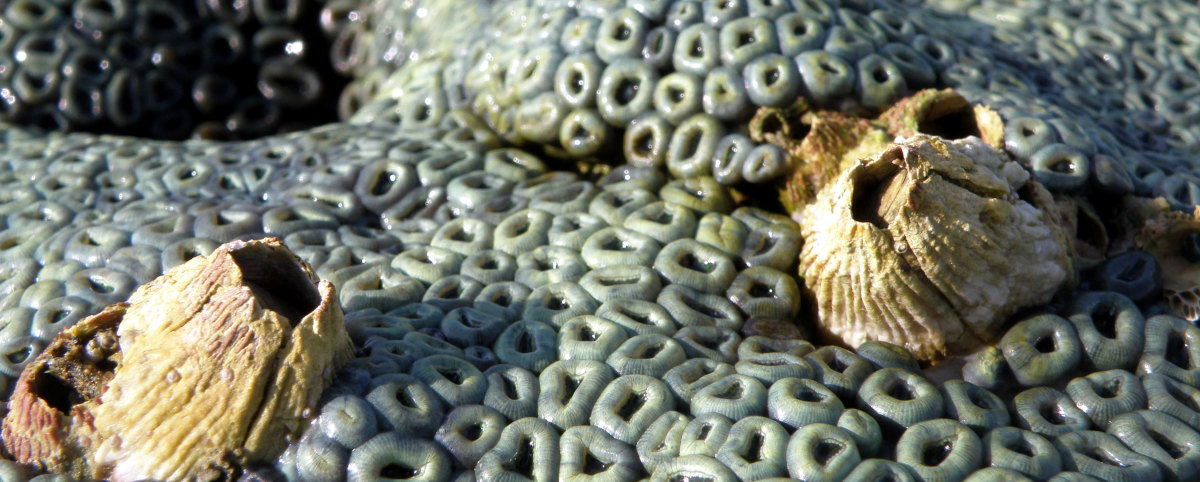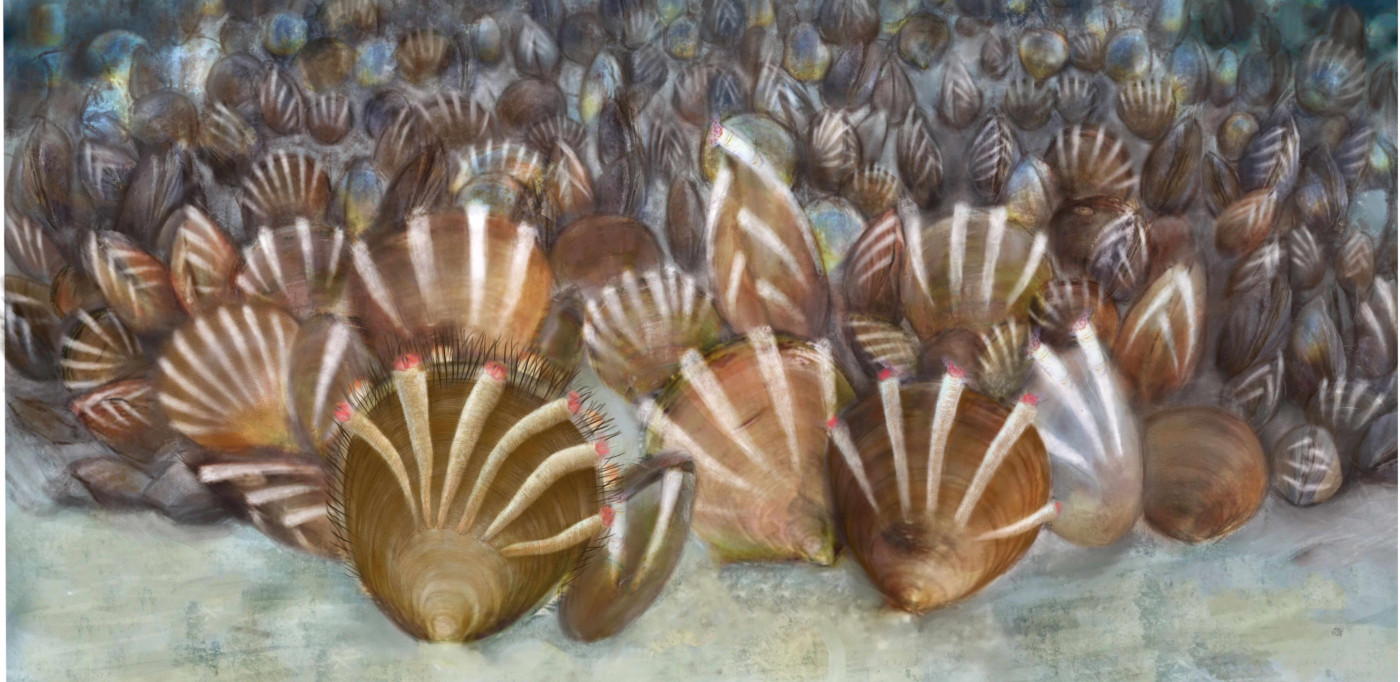Wenlock research project
Community structure, environment and ecological controls on the Wenlock Limestone fauna
Objectives
In this exercise, you will learn palaeoecological techniques by applying them to a real problem. You will study samples of the Much Wenlock formation, a mid-Silurian limestone that crops out near Dudley, Birmingham, and produce a short report, in the style of a submission to Geology, entitled Community structure, environment and ecological controls on the Wenlock Limestone fauna.
This is a multifaceted subject: you have flexibility in what aspects of the research question you choose to tackle, and how you approach it. Aside from the rubrics (Links: report / lab notebook), you won’t receive a step by step guide. Don’t worry: this is an opportunity to develop your independent thinking.

Workflow
The course is structured around formative exercises that help you to make steady progress on your project as term progresses. Use these exercises to understand what you will need to do to produce an effective report.
- In a group, you will choose a slab of Wenlock limestone and record its taxonomic composition. In session 7, the class will pool its data in order to obtain a whole-class dataset, reconciling species that have been treated differently by different groups.
- You may informally discuss your data collection and interpretation with your peers, but must keep your own separate lab notebooks. Your analysis and written report must be produced completely independently.
- You should not ask peers, or use generative AI, to generate, rewrite or edit your content. You may ask peers for general feedback on your report's structure and writing style. We strongly discourage the use of AI, which we have found to reduce students' learning and skill development – to the detriment of the quality of work.
- After session 4 (), you will engage with the literature to produce an introduction to the report, identifying previous work and outstanding questions that might be addressed using the techniques introduced in the course. After peer feedback in session 6 (), these introductions will form the start of your final report.
- Your final report may integrate abundance and/or biovolume / biomass data from the entire cohort with detailed observations from your own slab – such as the way in which fossils are preserved. You will present a first draft of your report in session 10, in order to receive comments from peers. Should you be unable to meet the final deadline, this draft, which should be fundamentally complete, may be used as a basis to award marks.
Data collection tasks
- Sign up to a group by noon, .
- Choose one sample in class on :
- Find your sample in the gallery and record your group’s sample name / ID.
- In your lab notebook, identify and count the fossils on your slab. (See Blackboard » Michaelmas » Wenlock » Resources).
- Populate a new column of the class dataset with your group’s data by noon, .
- Present your data and make other groups’ consistent (in class, ).
- Prepare a report, ready to receive peer feedback in class on .
- The definitive schedule of exercises and deadlines is given in the course overview.
Backup
Don't risk losing your work; back it up, perhaps using OneDrive: your University account grants you 1 TB of storage. Concessions will only be granted for loss or corruption of files if you can document that appropriate effort was made to back up work.
Formatting requirements
Your submission must be formatted as a manuscript file that could be submitted to the journal Geology. The Geology instructions for authors detail size constraints and formatting requirements; the "Preparing your Manuscript" section provides links to Manuscript Guidelines and a Manuscript Template to help you format your submission.
Each table and figure should be presented, with a complete caption, on a single page of its own – either after the main text, or at a suitable point in the manuscript. Figures may comprise multiple related panels.
To allow submissions to be marked anonymously; please use your CIS ID (e.g. abcd12) in place of your name and affiliation, and as the file name (e.g. abcd12.docx).
Notice that the rubric awards marks for adherence to these requirements.


